Related Research Articles

Laudanum is a tincture of opium containing approximately 10% powdered opium by weight. Laudanum is prepared by dissolving extracts from the opium poppy in alcohol (ethanol).

Paregoric, or camphorated tincture of opium, also known as tinctura opii camphorata, is a traditional patent medicine known for its antidiarrheal, antitussive, and analgesic properties.

Paracelsus, born Theophrastus von Hohenheim, was a Swiss physician, alchemist, lay theologian, and philosopher of the German Renaissance.

Sir Thomas Browne was an English polymath and author of varied works which reveal his wide learning in diverse fields including science and medicine, religion and the esoteric. His writings display a deep curiosity towards the natural world, influenced by the Scientific Revolution of Baconian enquiry and are permeated by references to Classical and Biblical sources as well as the idiosyncrasies of his own personality. Although often described as suffused with melancholia, Browne's writings are also characterised by wit and subtle humour, while his literary style is varied, according to genre, resulting in a rich, unique prose which ranges from rough notebook observations to polished Baroque eloquence.
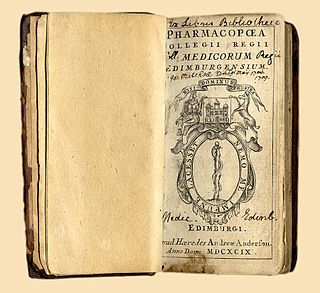
A pharmacopoeia, pharmacopeia, or pharmacopoea, in its modern technical sense, is a book containing directions for the identification of compound medicines, and published by the authority of a government or a medical or pharmaceutical society.
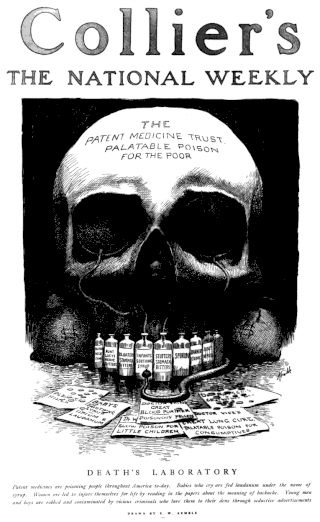
A patent medicine is a non-prescription medicine or medicinal preparation that is typically protected and advertised by a trademark and trade name, and claimed to be effective against minor disorders and symptoms, as opposed to a prescription drug that could be obtained only through a pharmacist, usually with a doctor's prescription, and whose composition was openly disclosed. Many over-the-counter medicines were once ethical drugs obtainable only by prescription, and thus are not patent medicines.

Liniment, also called embrocation and heat rub, is a medicated topical preparation for application to the skin. Some liniments have viscosity similar to that of water; others are lotion or balm; still others are in transdermal patches, soft solid sticks, and sprays. Liniment usually is rubbed in to the skin, which the active ingredients penetrate.
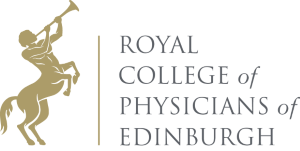
The Royal College of Physicians of Edinburgh (RCPE) is a medical royal college in Scotland. It is one of three organisations that sets the specialty training standards for physicians in the United Kingdom. It was established by Royal charter in 1681. The college has over 14,000 fellows and members worldwide.

Piper cubeba, cubeb or tailed pepper is a plant in genus Piper, cultivated for its fruit and essential oil. It is mostly grown in Java and Sumatra, hence sometimes called Java pepper. The fruits are gathered before they are ripe, and carefully dried. Commercial cubeb consists of the dried berries, similar in appearance to black pepper, but with stalks attached – the "tails" in "tailed pepper". The dried pericarp is wrinkled, and its color ranges from grayish brown to black. The seed is hard, white and oily. The odor of cubeb is described as agreeable and aromatic and the taste as pungent, acrid, slightly bitter and persistent. It has been described as tasting like allspice, or like a cross between allspice and black pepper.

Sir Théodore Turquet de Mayerne was a Genevan-born physician who treated kings of France and England and advanced the theories of Paracelsus.
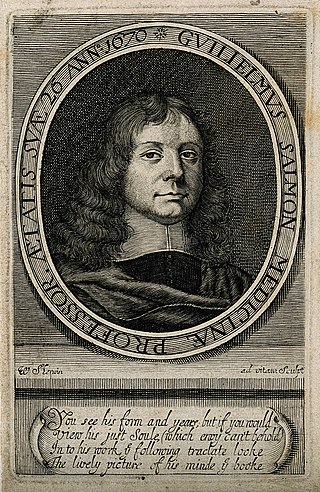
William Salmon (1644–1713) was an English empiric doctor and a writer of medical texts. He advertised himself as a "Professor of Physick". Salmon held an equivocal place in the medical community. He led apothecaries in opposing attempts by physicians to control the dispensing of medicines, and was derided by physicians as "the King of the Quacks". He has been described as "a brilliant publicist, but not much of a philosopher".

A show globe is a glass vessel of various shapes and sizes containing a colorful liquid. It has been a symbol of pharmacy from the 17th century England to the early 20th century in the United States. It marked the drugstore or apothecary in much the same way as the barber's pole marked tonsorial establishments in some countries. People who were illiterate needed such symbols to locate these medical practitioners.
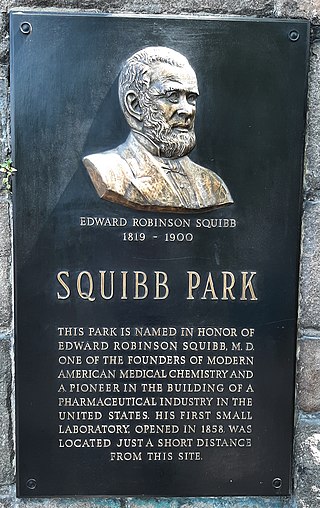
Edward Robinson Squibb was a medical doctor, a leading American inventor, and a manufacturer of pharmaceutics who founded E. R. Squibb and Sons, which eventually became part of the modern pharmaceutical giant Bristol-Myers Squibb.
Warburg's tincture was a pharmaceutical drug, now obsolete. It was invented in 1834 by Dr. Carl Warburg.
A dodecapharmacum is a medicine of twelve ingredients.
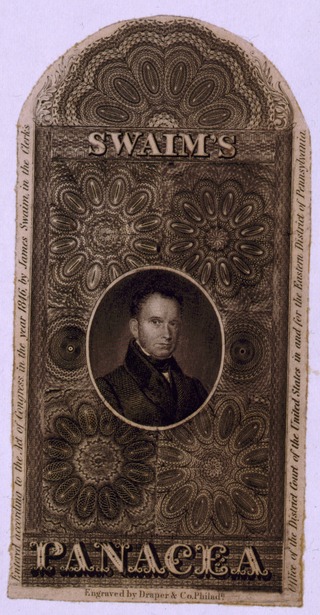
Swaim's Panacea was an American patent medicine sold by William Swaim (1781–1846) of Philadelphia, starting in approximately 1820, with formulations still being sold into at least the 1920s. It was advertised to cure various diseases including scrofula, mercurial disease, deep-seated syphilis, rheumatism, sores, swellings, etc.

Sir James Murray (1788–1871) was an Irish physician, whose research into digestion led to his discovery of the stomach aid Milk of Magnesia in 1809. He later studied in electrotherapy and led the research into the causes of cholera and other epidemics as a result of exposure to natural electricity. He was the first physician to recommend the breathing in of iodine in water vapour for respiratory diseases.

Savory & Moore founded by Thomas Paytherus in 1794 was a pharmacy company that started the business as a chemist shop in London.

Dr. Thomas’ Eclectric Oil was a widely used pain relief remedy which was sold in Canada and the United States as a patent medicine from the 1850s into the early twentieth century. Like many patent medicines, it was advertised as a unique cure-all, but mostly contained common ingredients such as turpentine and camphor oil.
References
- ↑ Paracelsus (1603). Bertheonea Sive Chirurgia Minor. Frankfurt: Zacharias Palthenius. pp. 80, 216. Retrieved 23 April 2018.
- 1 2 Burton R. Pollin, "Poe’s Literary Use of 'Oppodeldoc' and Other Patent Medicines", Poe Studies, December 1971, vol. IV, no. 2, 4:30-32
- ↑ "The Chemist & Druggist (UK)". Benn Brothers. 1 February 1902. pp. 196–197. Retrieved 23 April 2018.
- ↑ Browne, Sir Thomas. "Pseudodoxia Epidemia II:iii on lodestones". University of Chicago. Retrieved 23 April 2018.
- ↑ "The Chemist & Druggist (UK)". Benn Brothers. 1 February 1902. pp. 196–197. Retrieved 23 April 2018.
- ↑ "The Intellectual observer: review of natural history, microscopic research, and recreative science, Volume 3". Groombridge & Sons London. 1 February 1863. Retrieved 23 April 2018.
- ↑ James Havey, Young (8 March 2015). The Toadstool Millionaires: A Social History of Patent Medicines in America before Federal Regulation. Princeton University Press. p. 67. ISBN 9781400869008 . Retrieved 23 April 2018.